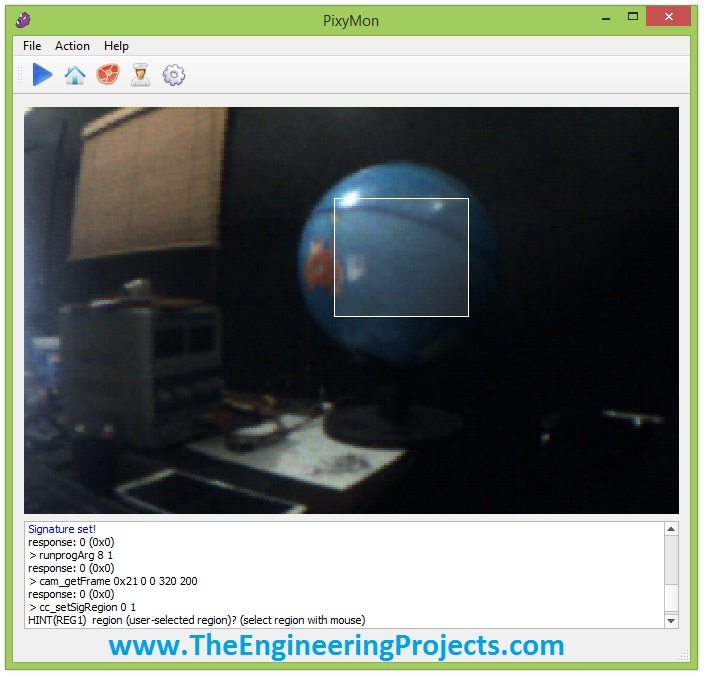quincyhiya
New Member
Hello Good people, can someone guide me with making a working circuit for the above Topic(Detection using infrared and audio interfacing with microcontroller)
Follow along with the video below to see how to install our site as a web app on your home screen.
Note: This feature may not be available in some browsers.
You've just got to train the elephants to carry a remote control, and press the button when they go pastIF you look for Vishay IR Rx used on remote controls . You can send carriers of different frequencies e.g. (16 kHz) with different pattern codes to uniquely identify Tx patterns. THe IR chip will have black daylight blocking filter lens and AGC to automate gain and levels for detection of binary data. Otherwise you can choose a fixed threshold and open loop, but this has lower SNR.
Changing the assumption is not implied, which was,You've just got to train the elephants to carry a remote control, and press the button when they go past
Normal frequencies are 36, 38 and 40KHz - although the individual IC's seem to make little difference which type you use.


